Most flight booking myths have been replaced by smart tools and flexible planning. No single hack guarantees the cheapest flight every time, but combining several strategies gives you better odds. Flexibility, alert systems, and reward programs remain some of the most reliable tools for finding savings. Travelers who stay informed and avoid fixed travel expectations usually get the best deals. The truth is, cheap flights come to those who plan ahead, adapt quickly, and use the right tools. Avoid outdated myths and focus on tactics that actually work.
Flexible Dates Save the Most

The biggest secret to finding cheap flights is staying flexible with your travel dates. Airlines adjust prices based on demand, so flying midweek often costs less than weekend travel. Tuesdays and Wednesdays usually offer the lowest fares. Red-eye and early-morning flights are also cheaper than mid-morning or evening options. Instead of locking in specific dates, use a calendar search tool on flight comparison websites. These tools show prices across several days or even a month, making it easier to spot deals. Flexibility gives you the best chance to avoid peak pricing.
Incognito Mode Can Make a Difference

When you search for flights online, your search history and cookies can affect the results you see. Some booking websites use this data to raise prices after repeated searches, creating pressure to book quickly. Using incognito mode or private browsing prevents this. It hides your browsing activity, so the site treats each visit like a new customer. This trick does not guarantee lower prices, but it prevents artificial inflation based on your behavior. Always compare prices in a new window to stay one step ahead of tracking systems.
Book at the Right Time

Timing your booking is just as important as picking the right dates. The idea that last-minute deals are always the cheapest is mostly outdated. Airlines now use dynamic pricing systems that reward early bookings. For domestic flights, the best time to book is around one to three months before departure. For international travel, booking two to eight months in advance tends to yield better prices. Prices usually rise in the final weeks before the flight, especially if the route is popular. Booking early can help lock in lower rates and avoid price surges.
Use Fare Comparison Tools
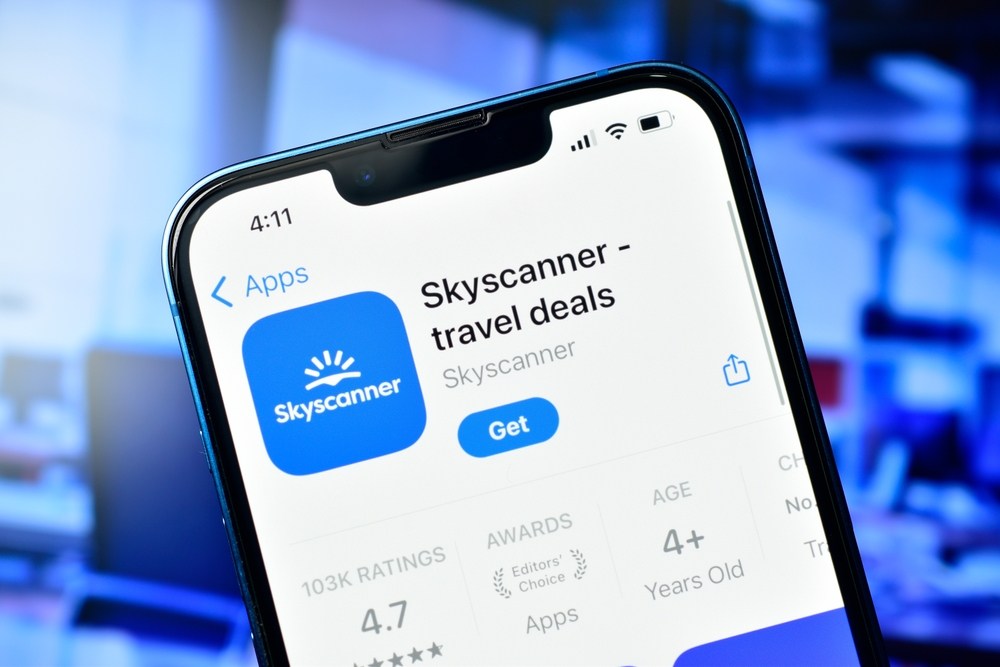
Instead of visiting each airline’s site, use a fare comparison tool like Google Flights, Skyscanner, or Momondo. These platforms scan hundreds of airline and booking sites at once. They allow you to filter by price, airline, time, and number of stops. Most also include price tracking alerts. Once you find a deal, go directly to the airline’s website to book. This avoids third-party fees and often gives more flexible cancellation options. These tools simplify the search process and can reveal hidden gems not shown on airline sites.
Choose Budget Airlines for Big Savings
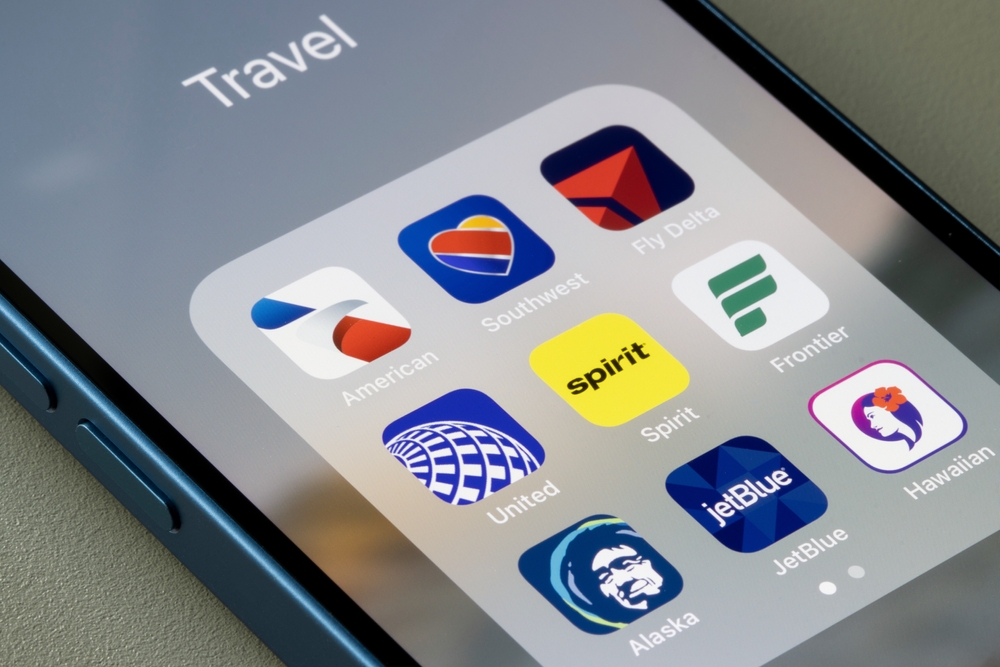
Major airlines are not your only option. Budget carriers like Southwest, Spirit, Ryanair, EasyJet, and AirAsia offer drastically lower fares on many routes. They save money by offering fewer frills and charging extra for add-ons like checked bags, seat selection, and meals. If you can pack light and skip the extras, you can travel for a fraction of the price. Just make sure to read the fine print. Budget airlines often fly to secondary airports, which may increase transportation costs once you land. If you plan ahead, these no-frill flights can be a goldmine for cheap travel.
Mix and Match Airlines

Roundtrip tickets are convenient, but not always cheaper. Booking two one-way flights on different airlines can cut costs. This works especially well for international routes or when flying in and out of different cities. Many flight search tools now offer “hacker fares,” which combine legs from different carriers to lower the total price. It takes a bit more planning, but it opens up more possibilities. Always check the baggage policies for each airline so you do not get caught paying extra on the second leg of your trip.
Avoid Flying on Holidays
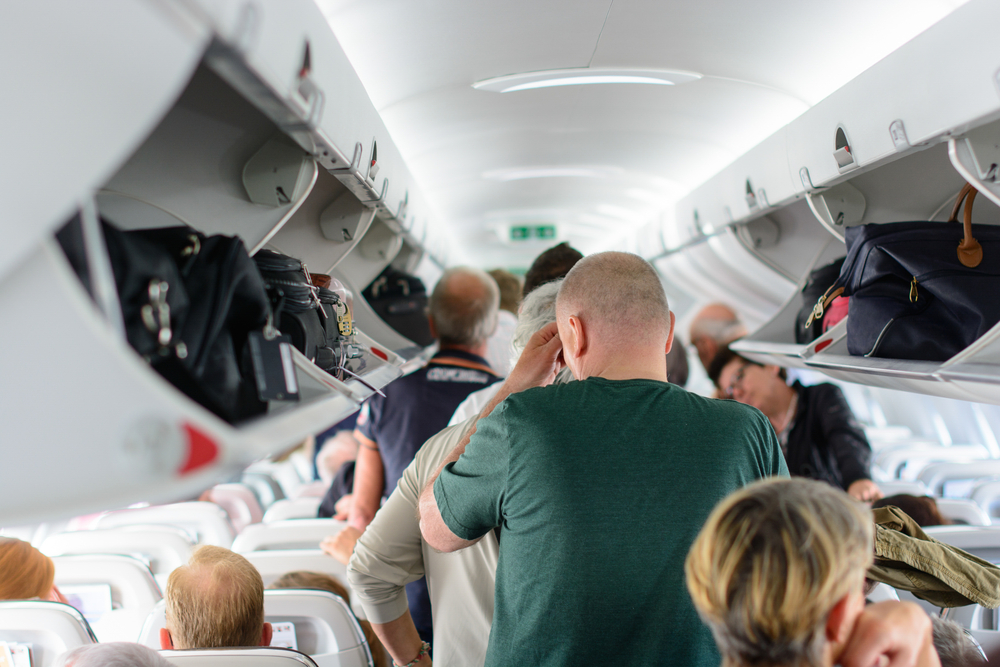
Peak holiday travel periods are some of the most expensive times to fly. Days around Christmas, New Year’s, Thanksgiving, and school breaks drive prices up. Airlines know these dates are in high demand and adjust accordingly. If you must travel during a holiday period, try flying on the actual day of the holiday. Fewer people travel on the day itself, which sometimes means lower fares. Traveling a few days before or after the holiday rush can also result in big savings. Planning around the crowd is a smart way to beat inflated pricing.
Sign Up for Fare Alerts

Staying informed is key to finding cheap flights. Signing up for fare alerts can notify you when prices drop for specific routes. Many fare comparison sites and airline websites offer this service. Some services even track mistake fares and limited-time sales. These alerts help you move fast when a good deal appears. In a competitive market, low prices do not last long. Having alerts sent straight to your inbox gives you the edge over travelers who only search once and hope for the best.
Read More: 25 Must-Visit Travel Destinations for 2025
Consider Nearby Airports
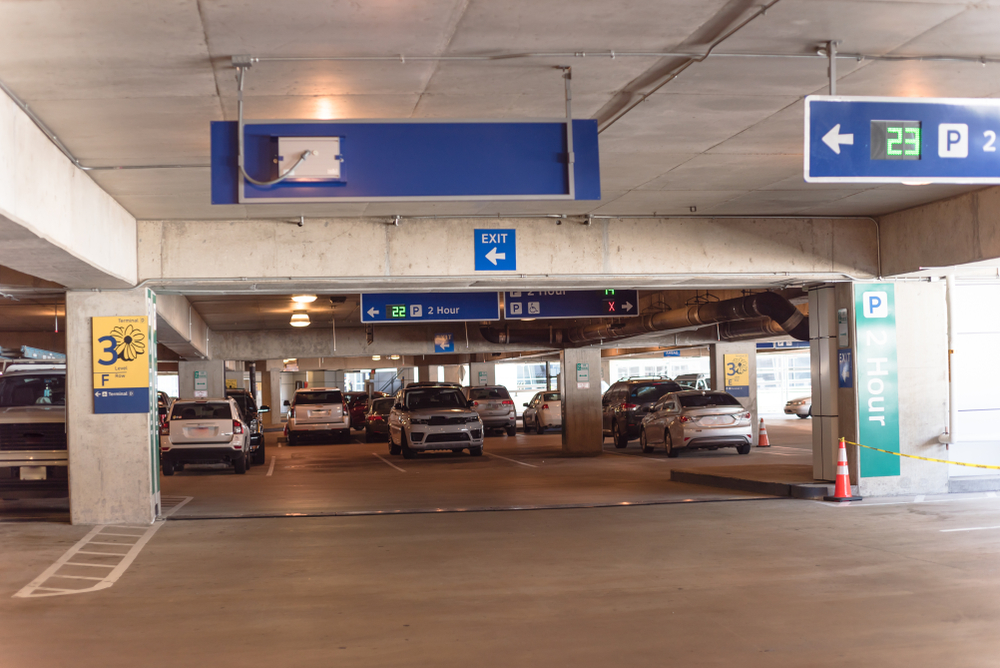
Flying into or out of a nearby airport can drastically change the ticket price. Major cities often have more than one airport, and regional ones might offer cheaper deals. For example, in the New York area, JFK, LaGuardia, and Newark all serve different airlines and fare structures. Searching nearby airports in your booking tool allows you to see all options at once. Sometimes, a short train or bus ride is worth the savings. Being open to less popular airports can expand your options and unlock better fares.
Use Airline Miles and Credit Card Points

If you travel often, airline miles and travel credit cards can save hundreds of dollars per trip. Points earned from past flights or everyday purchases can be redeemed for free or discounted travel. Some cards offer welcome bonuses that cover entire roundtrip flights. Using points also gives access to special booking options and upgrades. However, it is important to use them strategically. Some redemptions are better value than others, and blackout dates may apply. Learning how to use your points wisely can stretch your travel budget much further.
Book One Passenger at a Time

Booking multiple tickets in a single transaction can result in higher prices. Airlines use tiered pricing systems, and if only one ticket is available at the lowest price, the system will price all the tickets at the higher rate. To avoid this, search for one passenger first to see the lowest fare available. If it is cheaper, book that ticket and repeat for the others. It takes extra steps, but this method can shave dollars off your total cost, especially for groups or families.
Redeem Error Fares While They Last
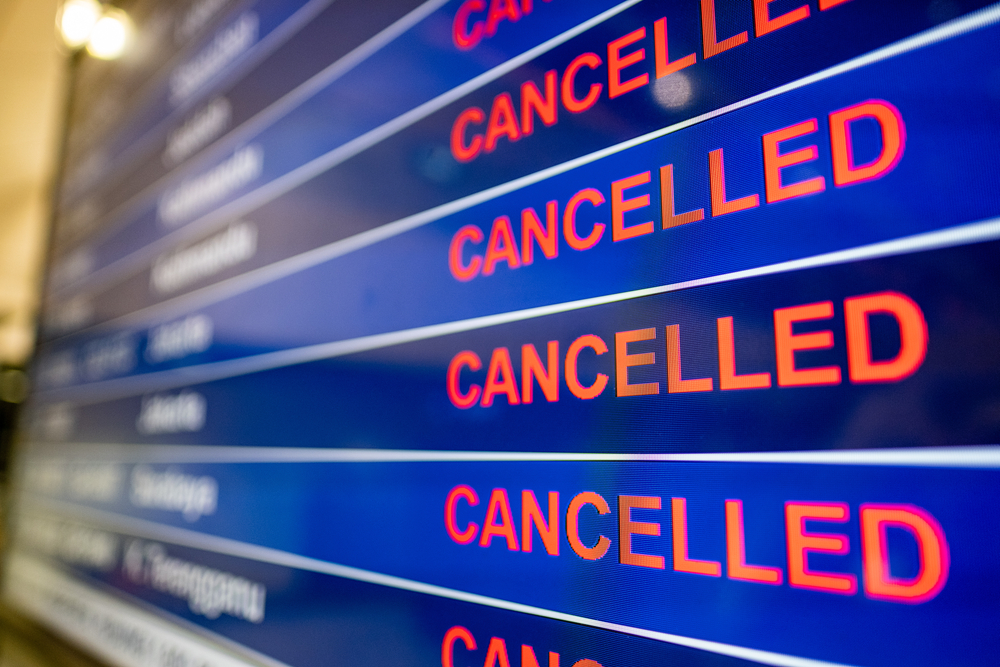
Occasionally, airlines or booking sites list fares that are significantly lower than usual due to technical errors. These are called error fares or mistake fares. While rare, they can save travelers hundreds of dollars. Websites like SecretFlying and Scott’s Cheap Flights track these mistakes and alert subscribers. If you find one, book it immediately. These fares are often fixed quickly. Most airlines honor the purchase, but there is always a small risk it could be canceled. Even so, they are worth watching for anyone chasing extreme travel deals.
Join Frequent Flyer Programs

Even if you do not fly often, it helps to sign up for free frequent flyer programs. These accounts track your miles and give you access to member-only pricing, deals, and perks. Loyalty programs also offer upgrade chances, faster boarding, and other benefits that enhance your trip without added cost. Combining frequent flyer points with a travel rewards credit card makes it easier to build up miles faster. Over time, this can translate into free flights, lounge access, and more comfort for less money.
Read More: The Top 15 Travel Mistakes, and How to Sidestep Them
Disclaimer: This article was created with AI assistance and edited by a human for accuracy and clarity.
